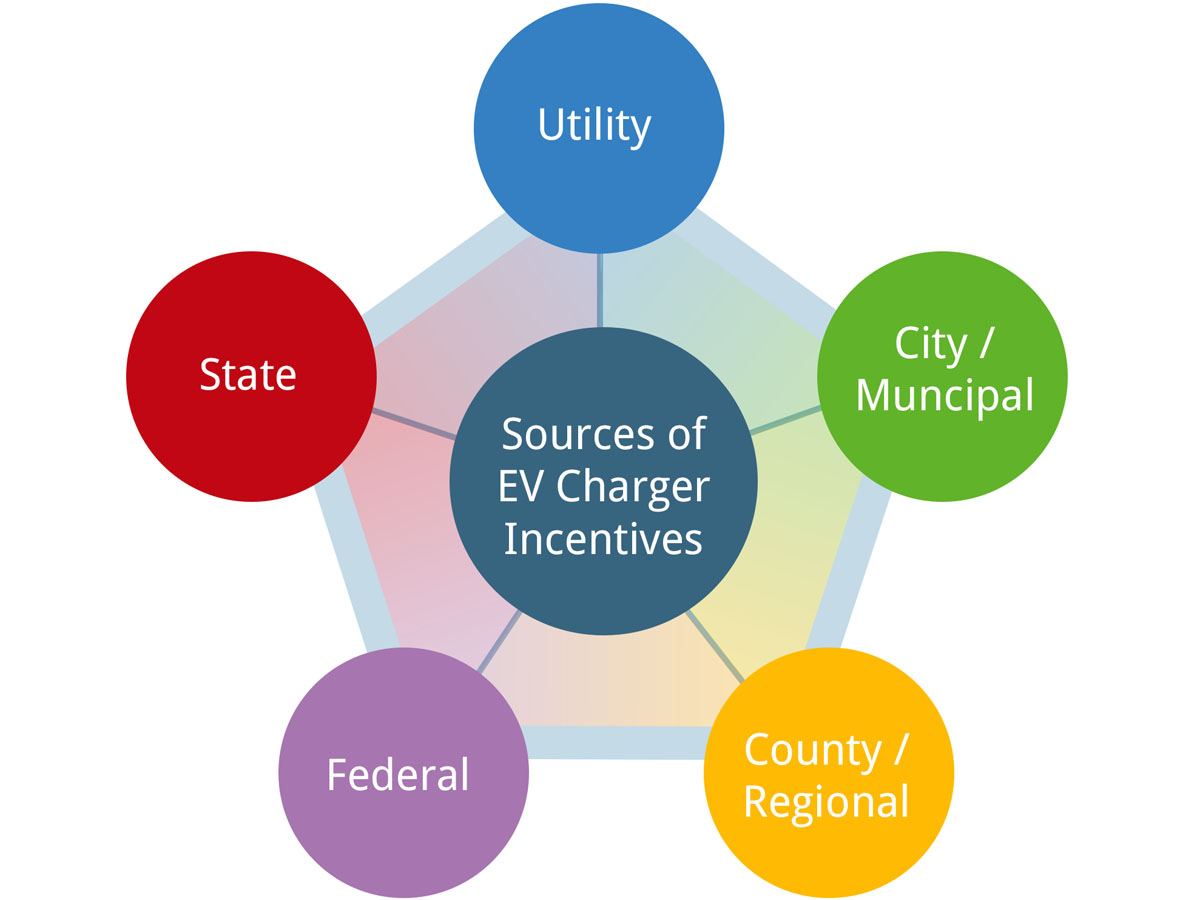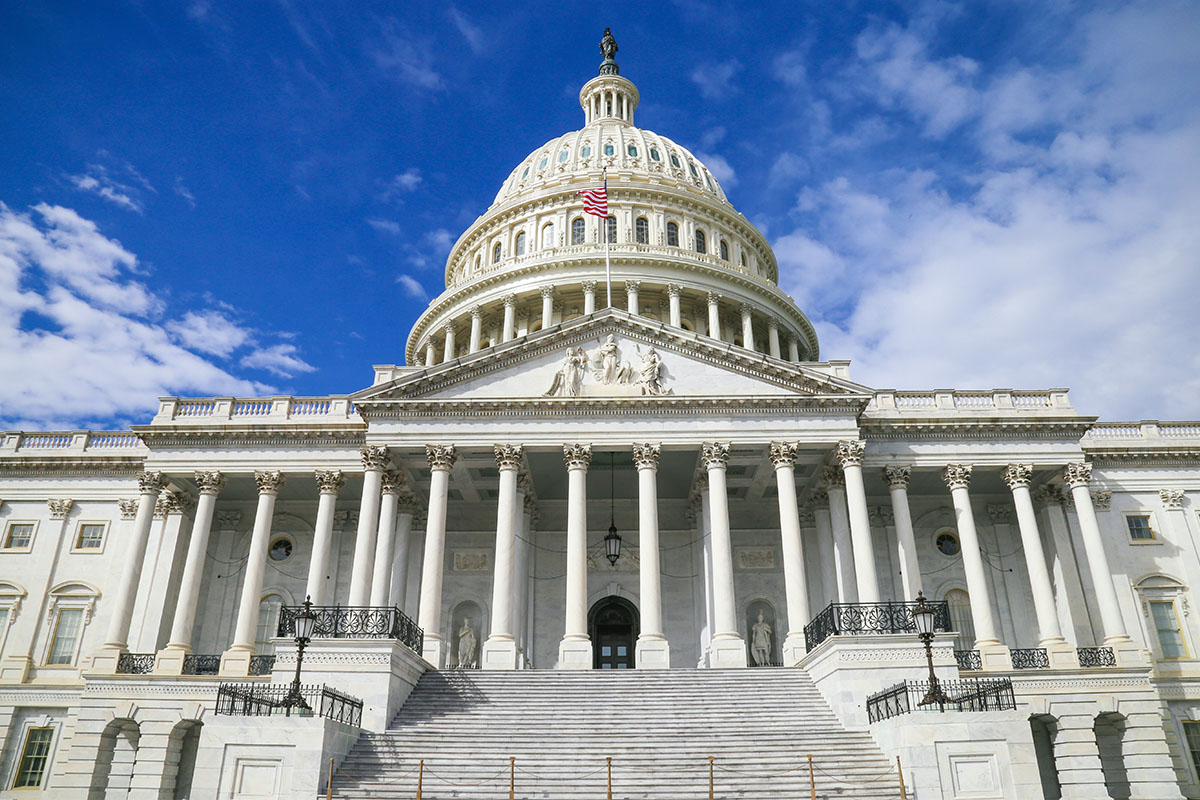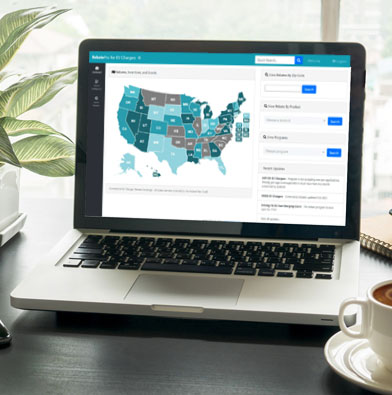Over the past year, interest in electric vehicles (EVs) has grown dramatically. With gas prices hitting record levels, the switch from internal combustion engine cars to electric cars might be even quicker than initially anticipated. But many buyers are still concerned about how they can charge their cars. As a result, a broader charging network with more EV charging stations, or EVSE, must be built out.
Rebates, grants, and incentives have sprouted up nationwide to help build out the charging infrastructure. Over 59% of the US is currently covered by a rebate or incentive for an EV charger. But where do they come from?

EV Charger Rebates Are Unique
While many people are familiar with energy efficiency rebates for lighting, HVAC, and water heaters, rebates for EV chargers are entirely different. It makes sense. EV chargers are not an energy efficiency measure; they actually increase electric energy usage.
Because of that, finding and applying for EV charging rebates is quite different. For anyone who has worked with commercial rebates before, the utility is the first place they think to start since they're the primary source of energy efficiency rebates. However, for EV chargers, those are just a portion of what's available. The sources of incentives for EV Chargers fall into five different categories.

Utility EV Charger Rebate Programs
77% of rebate programs for EV chargers are utility-based programs. However, that's a decrease of 10% since November, meaning that programs seem to be shifting towards state or county/regional programs. We expect to see this shift continue in response to the $5 billion that has been allocated to the states over the next five years by the Federal bipartisan infrastructure package.
Utilities can offer several rebate programs simultaneously to serve the needs of different markets. A popular subset of these programs is called "make ready" incentives. Often, these don't cover the cost of the charger itself but the investment needed behind the meter to prepare a site for EV charging. That can include items such as service panels, junction boxes, transformers, etc.
County / Regional EV Charger Rebate Programs
EV charger rebate programs can also be on a more regional level. In some cases, it's based on the county. In others, it could be on other geographical factors. One good example is the Air Districts in California. These districts can span towns and utilities and often have their own programs on top of what may be offered by the local utilities.

State EV Charger Rebate Programs
Twenty-two states offer a state-wide rebate program for EV charging equipment. Some of these are competitive programs where your project has to be selected, while others are run like a traditional rebate program. In addition, state programs may only be open for a very short period of time.
Since they cover a relatively large area, these programs seem like the easiest to focus on, but you must pay attention to restrictions involving timing, types of properties, and eligible user types. Other rebate programs can be more beneficial for certain types of customers.
City / Municipal EV Charger Rebate Programs
These types of rebate programs are the most targeted, often serving a single city or municipality. They can be sponsored by the town itself or come from other sources of funding. These programs are the hardest to track as there are nearly 20,000 different towns in the US.
Federal EV Charger Incentive Programs

The broadest of all categories, Federal programs provide incentives to the most people. In 2021, residences and businesses that installed EV chargers were eligible for a sizeable tax credit as part of the Federal 30C Tax Credit. This program provided a tax credit of up to $1,000 for residential applications and $30,000 for commercial applications. Unfortunately, that tax credit expired on December 31, 2021. While there have been discussions to bring it back, nothing has been finalized.
Some Programs Can Be Combined
To add even more complexity to this topic, projects can combine some of these programs to maximize savings while other programs expressively prohibit funding from multiple sources.
In addition, in some areas where you can use several programs, you must apply to them in a specific order. Therefore, it's essential to read the fine print and to fully understand all programs that may cover a location.

Location and Charger Type Can Matter
If there are a few programs available for a single location, one way to quickly narrow it down is the type of facility. Many EV charger incentives are based on where they are or how the charger will be used. For example, one program may only provide incentives in low-income areas or to underserved communities. Other programs may be limited to business use or fleets.
A Constantly Changing Landscape
Rebates for EV chargers are constantly evolving and changing, and the marketplace is moving very rapidly. If a location doesn't currently qualify for incentives, it's essential to keep tabs on it as more programs are expected to come online over the next year.
Easily Find All the Incentives
RebatePro for EV Chargers
RebatePro for EV Chargers is a custom-built tool to help find and track rebates for EV chargers in both commercial and residential applications. It was designed from the ground up to reflect the unique way EV charging rebates work. It tracks all five sources of EV charger rebates and makes it easy to narrow down which would apply to an specific installation.





